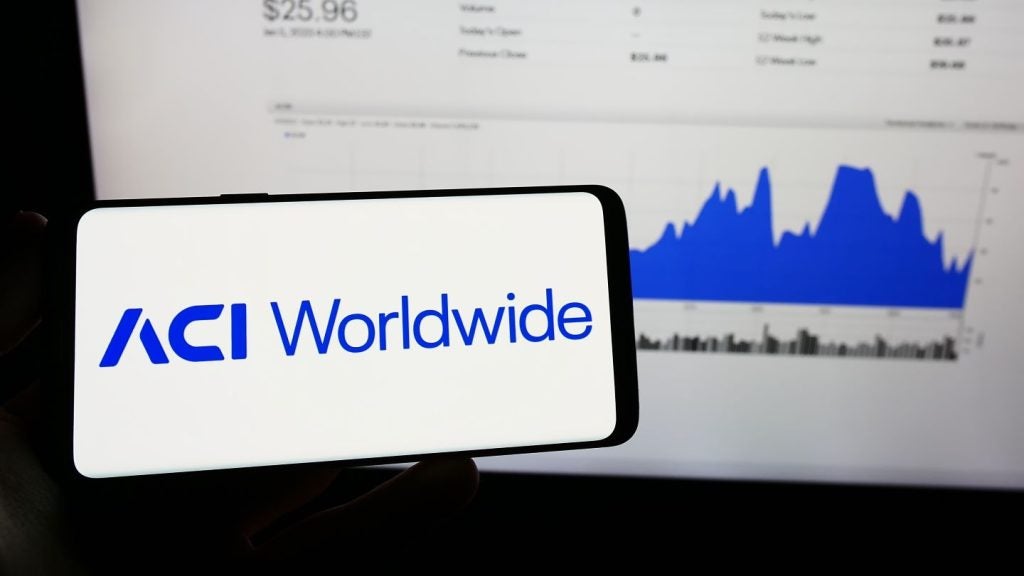In the vast majority of countries worldwide, local payments today are smooth and seamless – the product of many decades of iteration and improvement by central banks in partnership with the preeminent domestic financial institutions. So why is it that cross-border payments remain so complex and daunting?
Even with advancements in technology, businesses and consumers face ongoing hurdles when making payments from one jurisdiction to another. Consumers struggle with high costs and lack of understanding of the different payment mechanisms available. Businesses must contend with regulatory blocks and the lack of global standardisation on cross-border trade.
Indeed, many of the longstanding global payments difficulties seem inescapable. Inevitably, every country has its own payments framework, plus local tax, licensing and regulatory standards. Global collaboration to enable payments to move seamlessly across borders has been elusive, with few policymakers willing to champion the cause.
There have, however, been plenty of local efforts to harmonise regional payments systems. After several decades in which central banks focused mainly at monetary policy and financial stability, many are now playing a bigger role in the payment landscape. A new dynamic is forming, with central banks at the heart of innovative initiatives. The Buna initiative set up by the Arab Monetary Fund, for example, is a cross-border, multi-currency system serving parts of the Middle East that incorporates settlement models, as well as security and compliance frameworks.
Project Nexus brings together various Singaporean and Malaysian institutions alongside Bank of Italy and the BIS Innovation hub to connect the payment systems of Singapore, Malaysia and the Euro area. This could have broader reach, but is only just moving from the design phase to the testing phase.
Part of the challenge is that unifying the global cross-border payments landscape would need agreed protocols for security and compliance. At this stage, most of the initiatives are focusing on specific payment corridors or intra-regional links. A single, shared infrastructure would have to encompass not only multiple currencies and regulatory frameworks but also multiple local payment preferences around the world. It may happen, but it is an extremely long-term project.
How well do you really know your competitors?
Access the most comprehensive Company Profiles on the market, powered by GlobalData. Save hours of research. Gain competitive edge.

Thank you!
Your download email will arrive shortly
Not ready to buy yet? Download a free sample
We are confident about the unique quality of our Company Profiles. However, we want you to make the most beneficial decision for your business, so we offer a free sample that you can download by submitting the below form
By GlobalDataIn the meantime, this problem cannot be solved by a single player. There is no magic fintech solution that solves all of these issues for absolutely everyone. Instead, solutions must be collaborative, with traditional banks and payment service providers (PSPs) playing a crucial role alongside emergent fintechs in facilitating global trade.
Accepting fragmentation
Cross-border payments facilitators need to make the best of a fragmented landscape with many different intermediaries. In getting money from the consumer to a merchant in a standard cross-border transaction, there may be a payment gateway, a payment service provider, a bank or card network, an issuer, and a fintech or two as well.
These intermediaries have no intention of disappearing. In many cases they’re continuing to deliver value to their customers. Banks, for example, have huge deposits, regulatory strength, and remain the default payment consideration for many people. In the UK, for example, alternative payment options are growing, but in 2021 there were 4.6 billion payments made by direct debit from a bank account, with an overall value of £1,243 billion. Just under half of all payments were on a debit card, largely because 97% of brits own one.
Payment services providers – from Amazon Pay and PayPal, to Stripe and Square – have shown their worth by helping more merchants accept digital payments. Payments are sent from a merchant, via a PSP, to the card provider, which then approves the transaction before the PSP shares the final decision with the merchant. These groups can help merchants accept several payment methods and currencies via a single portal, as well as playing a role in preventing fraud.
And, in areas where financial inclusion is an issue, fintechs have already demonstrated that they have an important role to play. Banks are typically less interested in lower-income customers, whereas fintechs’ agile technology allows them to build economies of scale and offer support to these under-served customers. From Chile to the UK and Singapore, governments have recognised the fintech opportunity, adapting their regulatory systems to allow greater adoption of fintech solutions.
Managing cross-border complexity requires specialisation-at-scale
The problem with accepting fragmentation is that it also requires us to accept complexity. Indeed, many companies see no choice but to develop their own in-house payments fixes. It’s an enormous and expensive undertaking, and it’s an approach that frequently excludes countries with more complex or idiosyncratic payment ecosystems, as companies decide it isn’t worth doing business there.
Even where individual organisations succeed, this piecemeal, build-it-yourself approach to payments is a desperately inefficient solution to a universal business problem. Companies incur costs every time they move money from one jurisdiction to another – damaging cash flow, limiting working capital, and forcing them to charge customers more. And it’s totally unviable for smaller businesses who would like to grow overseas.
However, the upside of all this fragmentation is the emergence of innovative fintech solutions that are putting it upon themselves to take on the burden of cross-border payments complexity, while also helping to bring down the cost of payments for individuals and businesses. The role of these new ‘fintech-as-a-service’ providers is to allow businesses to transact through a single platform, bringing together specialist local knowledge, technical and regulatory expertise, and applying it on a global scale – in effect, managing the complexity behind the scenes so that the front-end experience is painless and friction-free.
The future cross-border payments challenge
If anything, the future of cross-border payments is set to bring more, not less complexity. 114 different countries, representing over 95% of global GDP, are currently exploring Central Bank Digital Currencies (CBDCs). 11 have already gone live with their digital currencies. Because each nation is operating to its own timeframe, geopolitical priorities and legacy financial infrastructure, CBDCs are being built around a variety of different technical frameworks, creating a brand new interoperability challenge for financial institutions to solve.
Some of these CBDCs are even being built on the blockchain, which makes things especially confusing given that this distributed ledger technology has no centralised ‘manager’ controlling it. While at the same time, many blockchain-based payments methods are being developed independently of central states by PSPs and fintechs hoping to encourage businesses and consumers to step away from the traditional financial infrastructure.
It’s hard to see a near-term future in which blockchain supplants the cross-border infrastructure we have today, due to the costs of migration and the risk of excluding institutions in lower-income economies – effectively cutting off entire nations from the global financial system. But this means blockchain coexisting with the financial establishment, offering specific corridors for certain types of trading, and again adding to the fragmentation of the cross-border payments landscape.
Ultimately, railing against this complexity is fruitless. Bringing together PSPs, fintech providers and traditional institutions is the only answer to delivering seamless cross-border trade. And what seems increasingly apparent is that today’s innovative young fintech disruptors – many of which are strong in a few key markets but lack a truly global presence – are going to have to accelerate their expansion plans in a hurry, before the next wave of complexity is upon us. Building everything themselves is not an option. Fintechs either need to partner up, make acquisitions, or be acquired, to arrive at a smaller pool of genuinely global players capable of keeping customers’ front-end payments experience seamless while the back-end challenge gets ever more complex.







